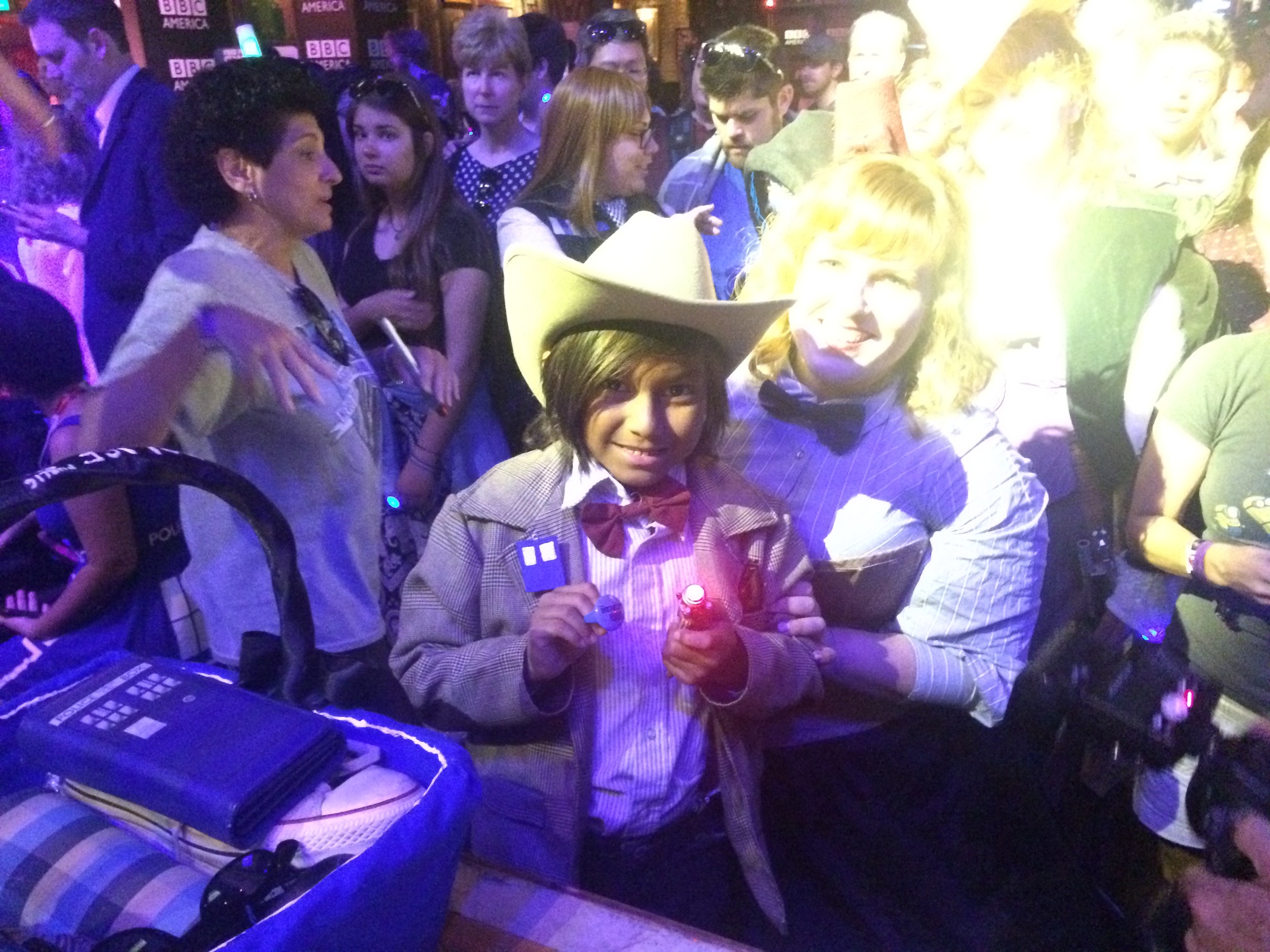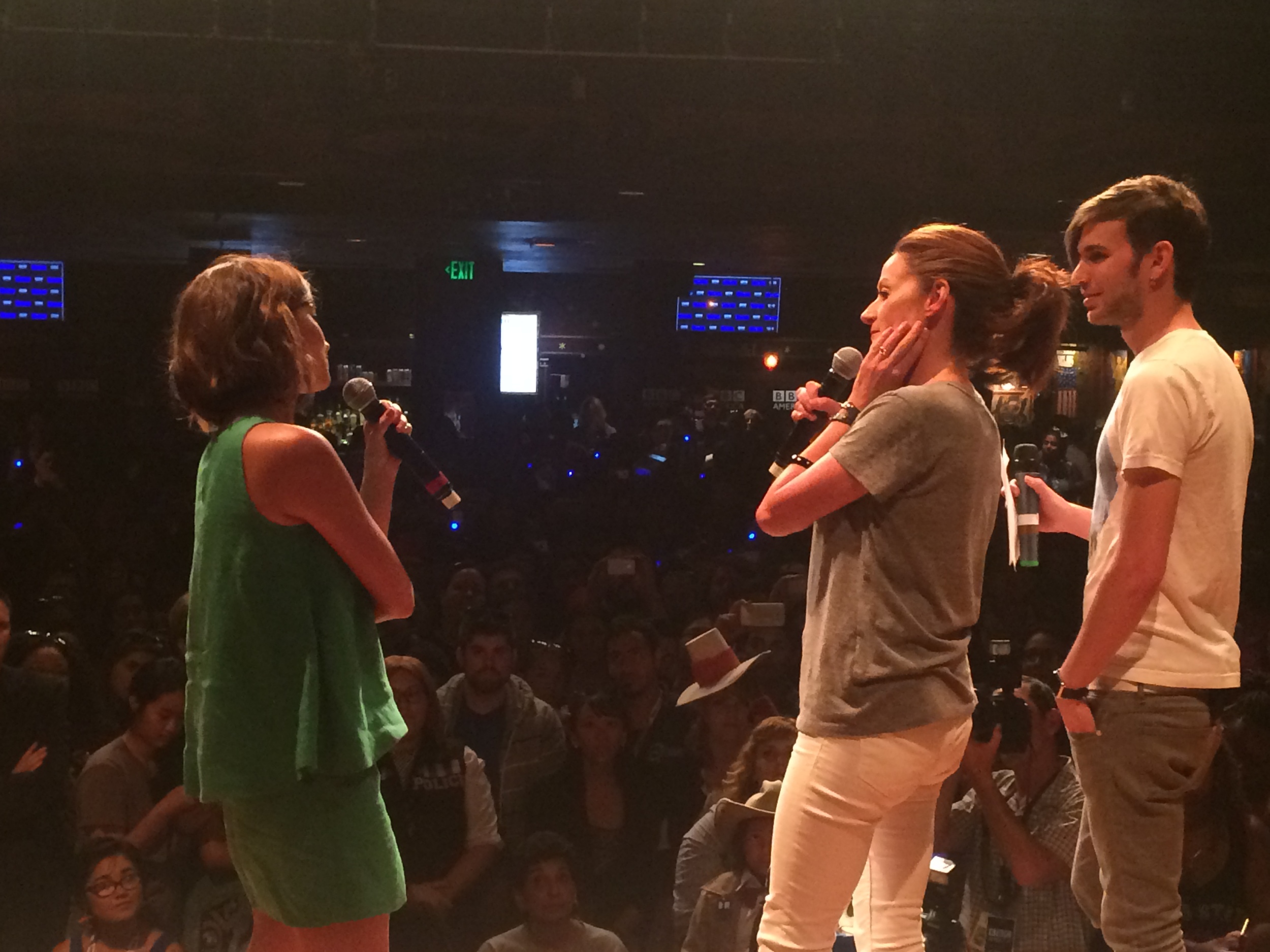Following new protocols like Syphon (Mac) and Spout (Win) for routing video between applications along with standards like MIDI / OSC / DMX for control information has come a new breed of programs that are designed to run alongside existing desktop VJ apps to add new input, output and processing features. One of the most popular use cases is projection mapping where tools like Mad Mapper, VPT, IR Mapio, MWM and Blendy Dome each have unique workflows designed for different kinds of mappings.
These protocols also make it possible for less mainstream software features to integrate easily into larger projects, such as interfacing with depth sensing Kinect cameras and other high end video capture devices, or playback of esoteric file formats.
Software – Pre and Post Production
In addition to real-time software, VJs also use the same tools as motion graphics designers and movie editors such as After Effects, Motion, C4D, iMovie and Final Cut Pro when creating video loops and polished demo reels for the web.
Software – Programming Environments and Creative Coding
For many people, using VJ software is a gateway drug of sorts into writing their own software tools. In some cases this can be in the form of plugins that load into existing software or connect using established protocols as described above, and for others it may mean the creation of a completely new application that runs independently. Quartz Composer, GLSL / WebGL, Processing, Max/MSP/Jitter, OpenFrameworks, Cinder, Unity, Touch Designer, vvvv and PD, are all excellent examples of established languages and frameworks being used by creative coding communities. This is where you'll be happy you paid a little attention in high school geometry and algebra classes.
Pioneers of VJing – from Ancient Greece to the 1990's




















